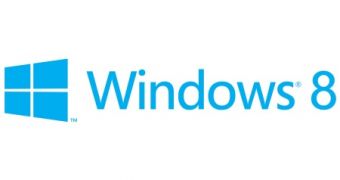Microsoft is gearing up for the release of its next-generation Windows 8 operating system, and the company is already sharing details on what those who want to upgrade to it could expect.
These details were not made available for the public, but rather only shared with some of the company’s partners, but they cover upgrade plans for Windows XP, Vista and Windows 7.
According to a recent article from ZDNet’s Mary Jo Foley, Microsoft has provided specific details on what apps and settings will be preserved on computers when upgrading from older platform versions.
Apparently, those who are interested in upgrading to Windows 8, the basic version of the new platform, from Windows 7 Starter, Windows 7 Home Basic and Windows 7 Home Premium, will be able to do so while having their Windows settings, personal files and applications preserved.
When upgrading to Windows 8 Pro from Windows 7 Starter, Windows 7 Home Basic, Windows 7 Home Premium, Windows 7 Professional and Windows 7 Ultimate, all Windows settings, personal files and applications will be preserved.
Moreover, Microsoft will offer an upgrade path to Windows 8 Enterprise, which will be available only for volume licensing through Software Assurance contracts.
Those who would like to upgrade to this OS version will be able to do so from Windows 7 Professional and Windows 7 Enterprise, and will also have their Windows settings, personal files and applications maintained.
Upgrades from Windows Vista to Windows 8 will also be available, but only the personal files will be preserved during the process, Mary Jo Foley reports.
This applies only to upgrades from Vista without Service Pack 1 (SP1) installed. Those who have SP1 installed will have their personal data and system settings preserved during the upgrade.
Upgrades from Windows XP SP3 or higher will also be possible, but only personal files/data would be maintained, Microsoft reportedly stated.
Unfortunately, nothing will be preserved when performing a cross-language installation (unless users install the new platform via Windows 8 Setup). Cross-architecture upgrades won’t be available at all, it seems.

 14 DAY TRIAL //
14 DAY TRIAL //